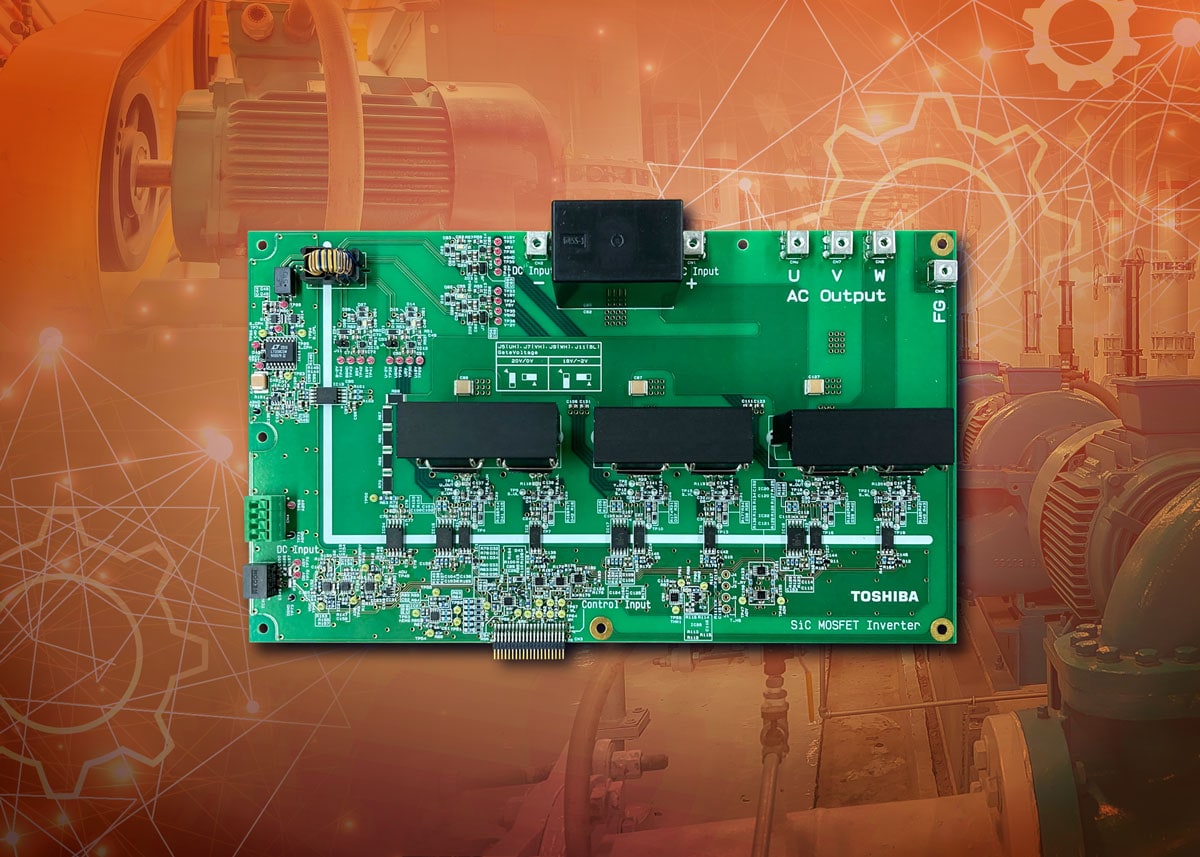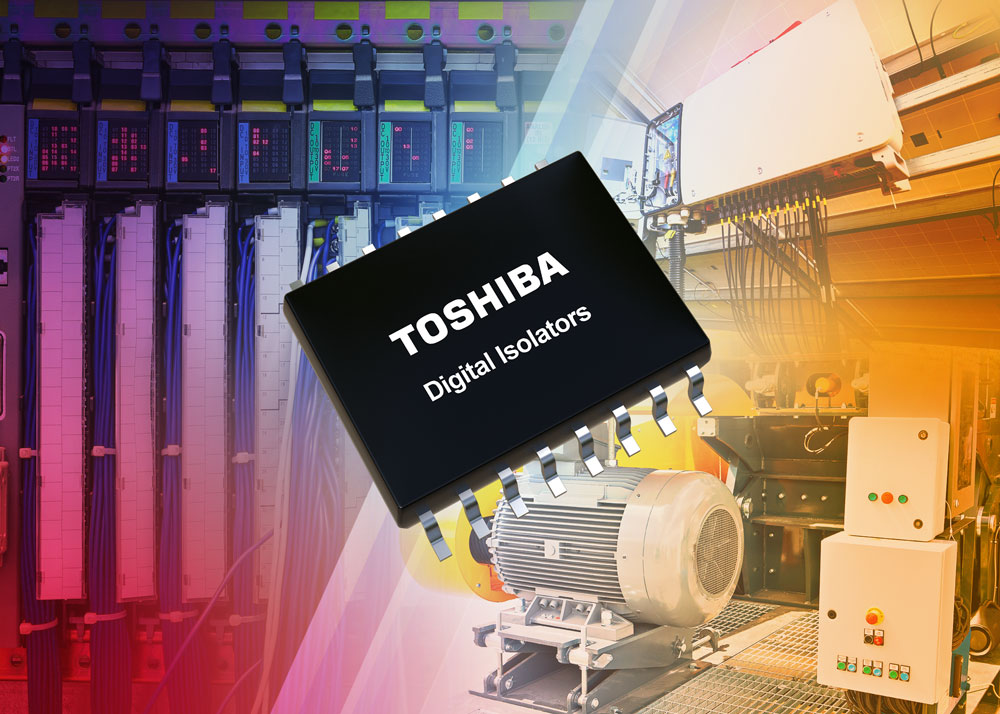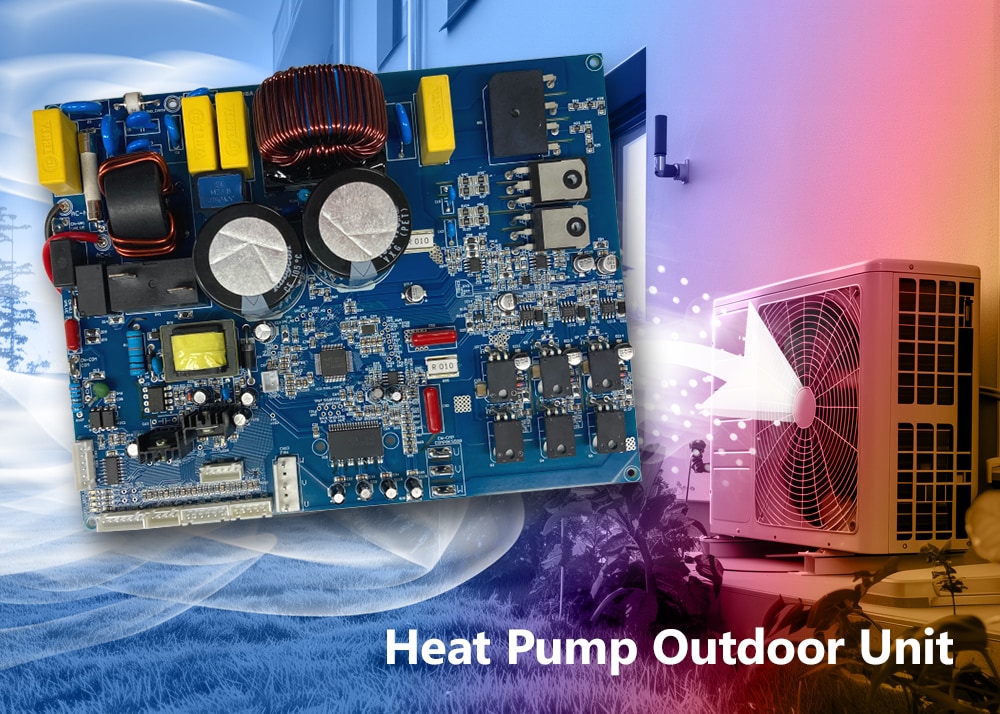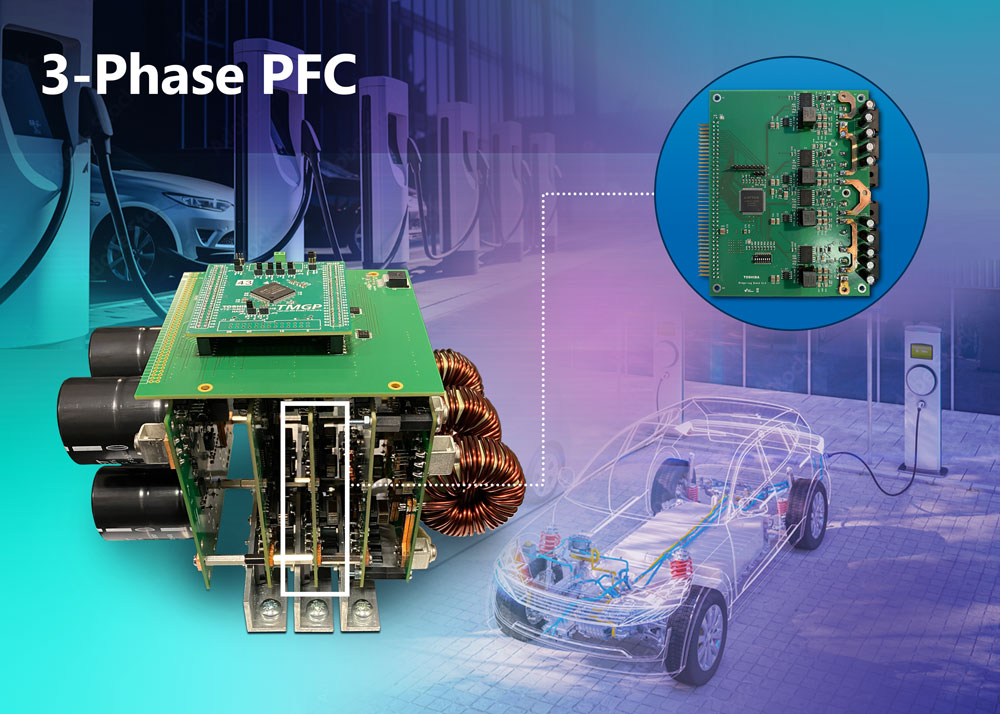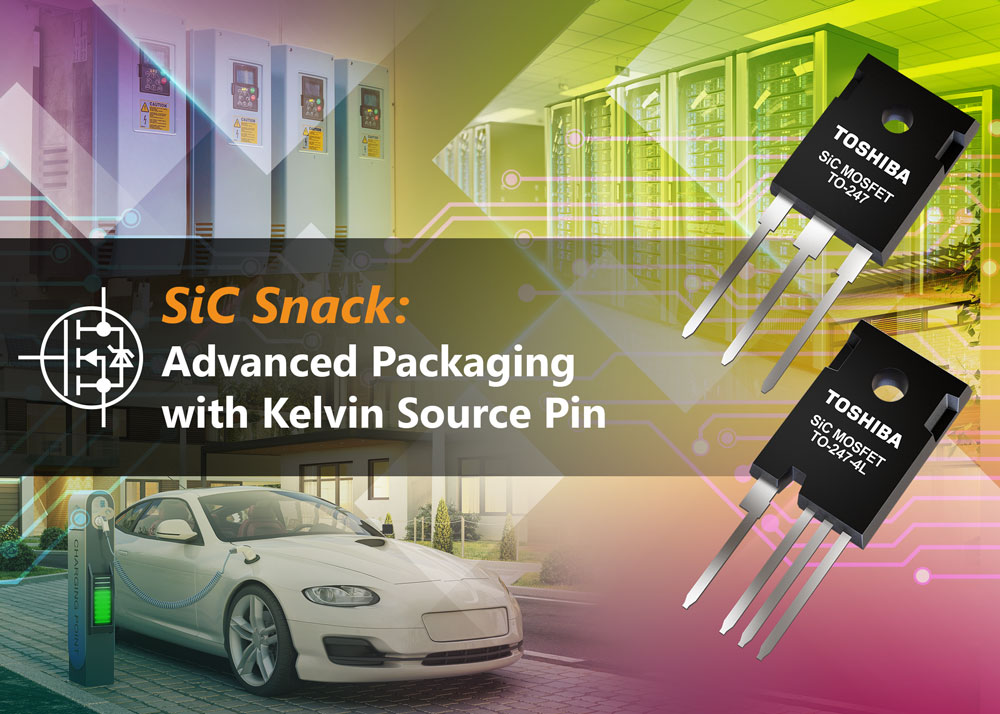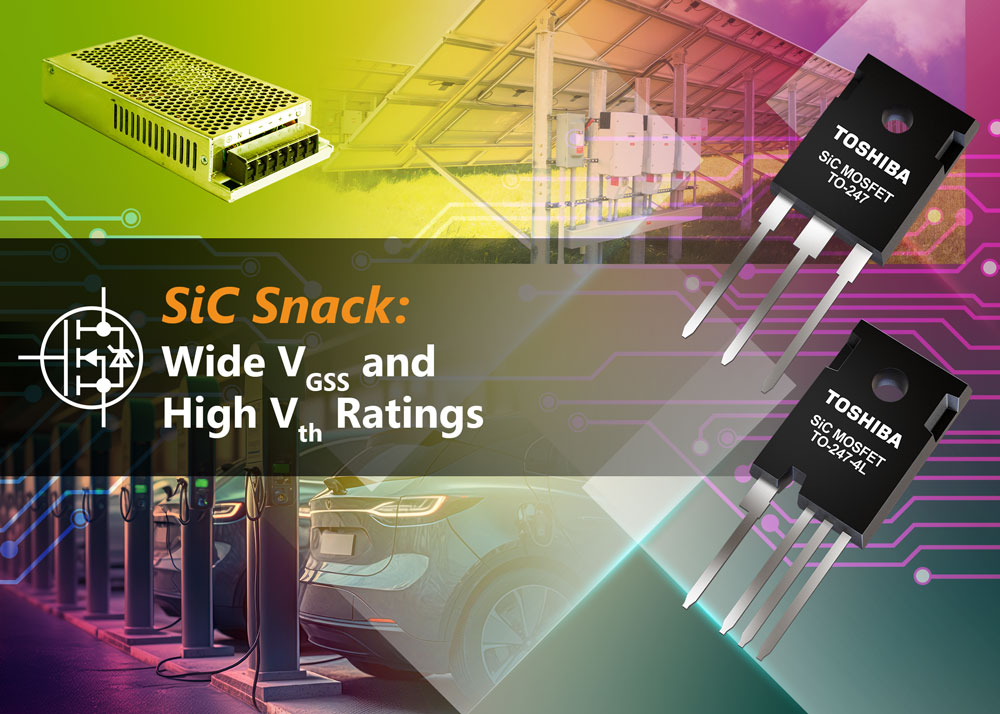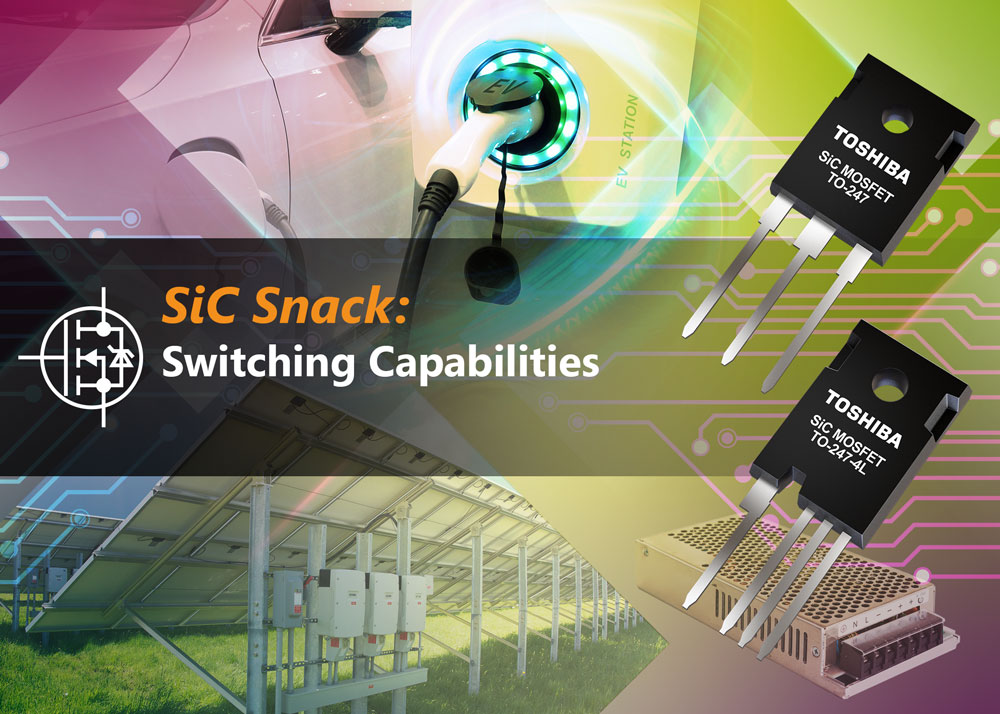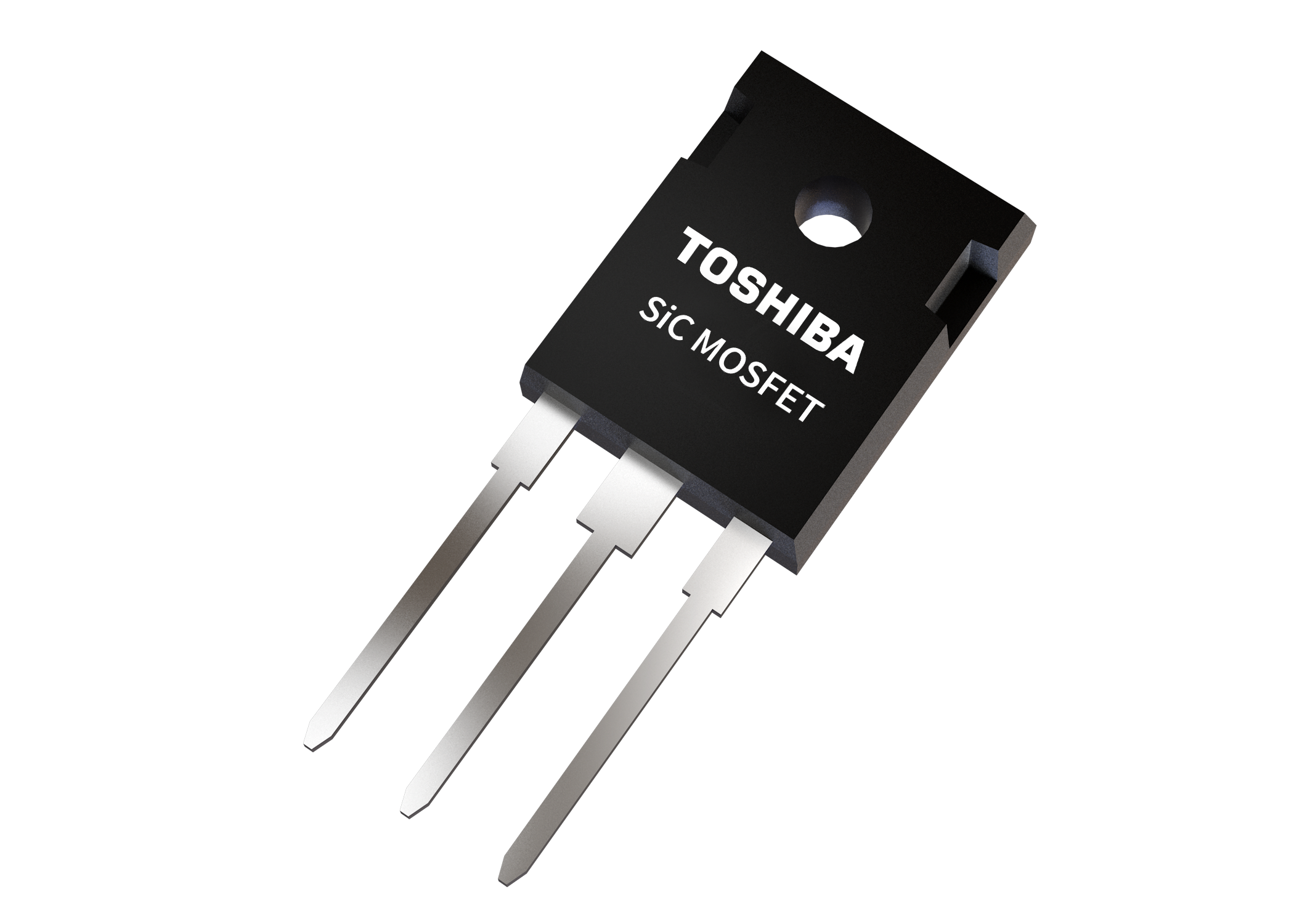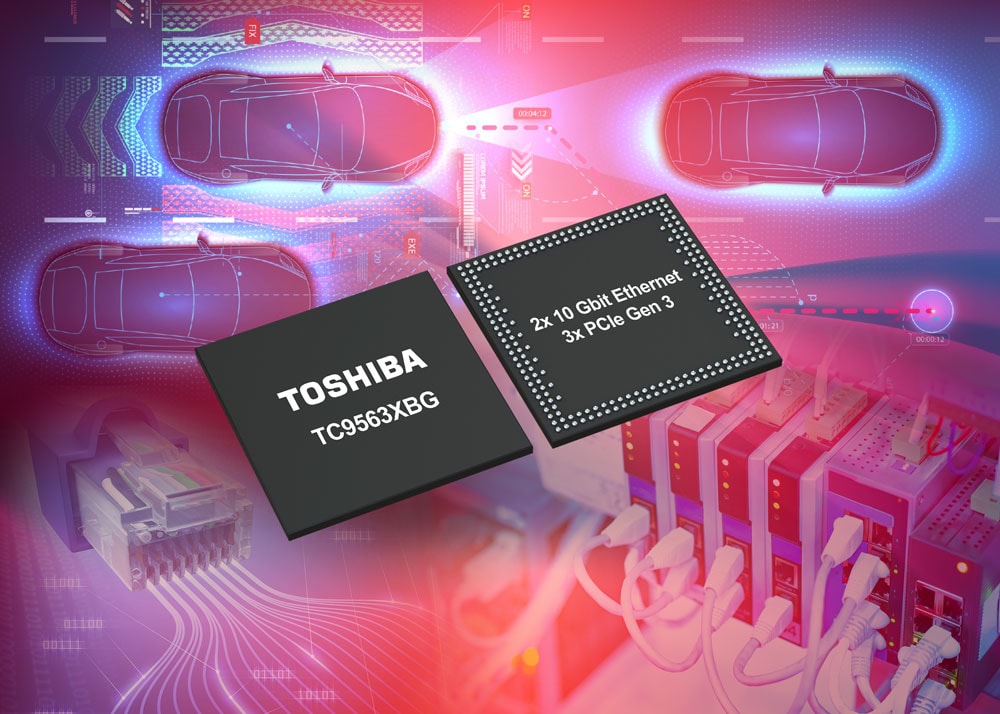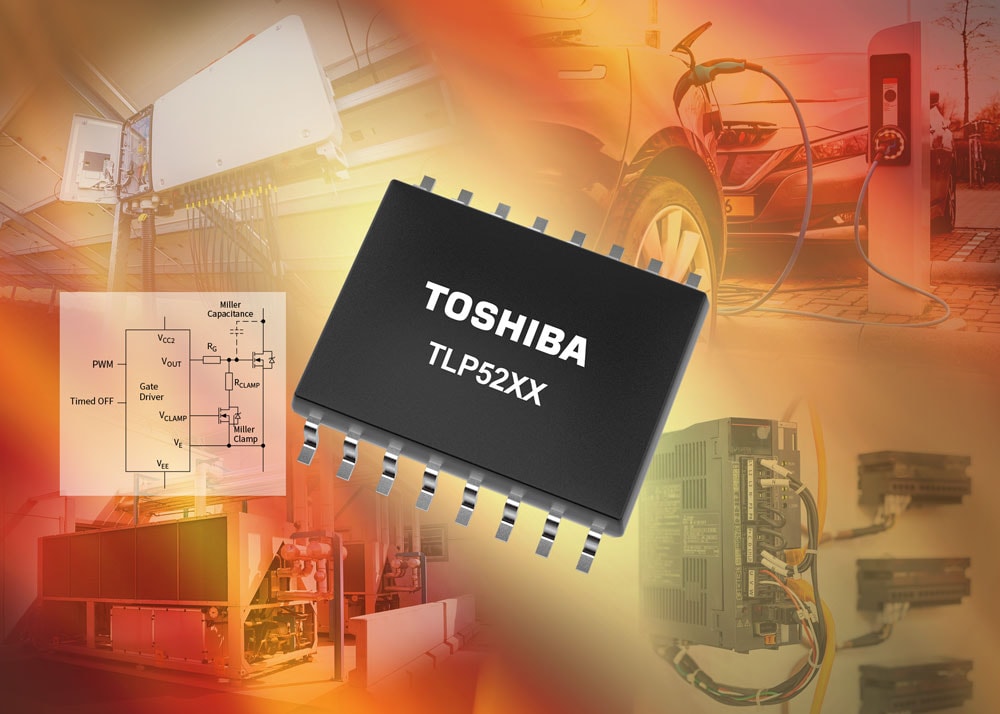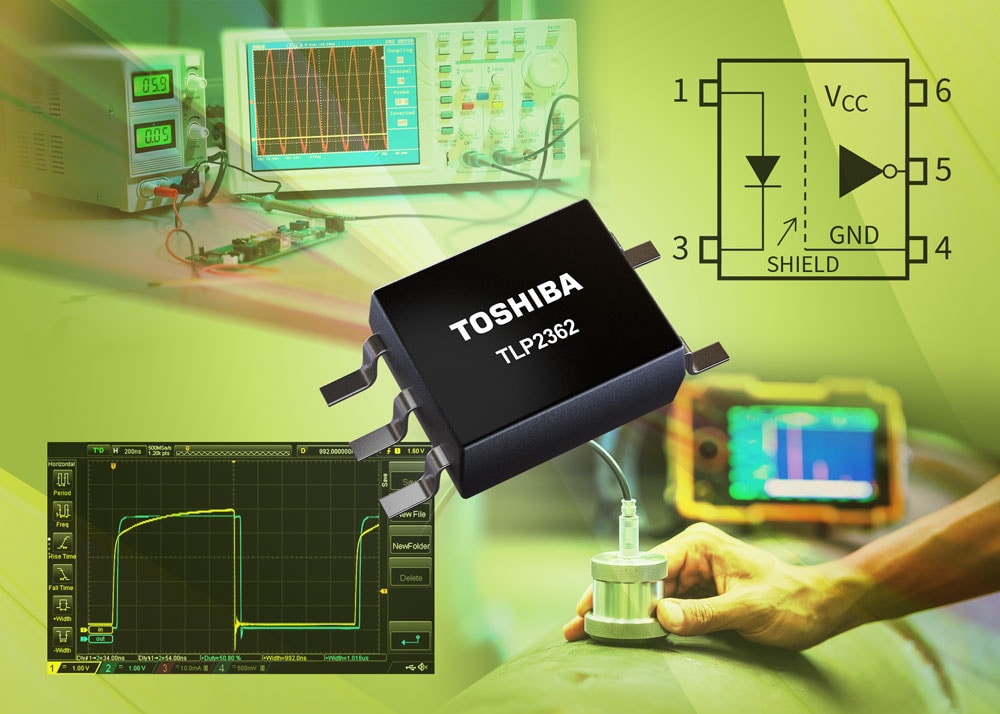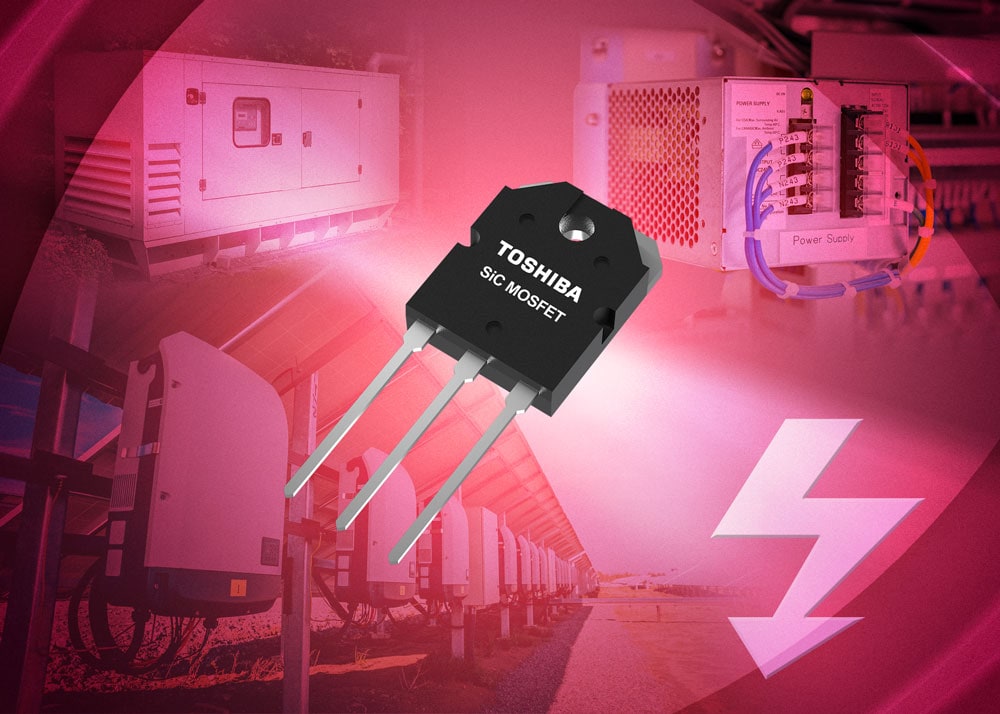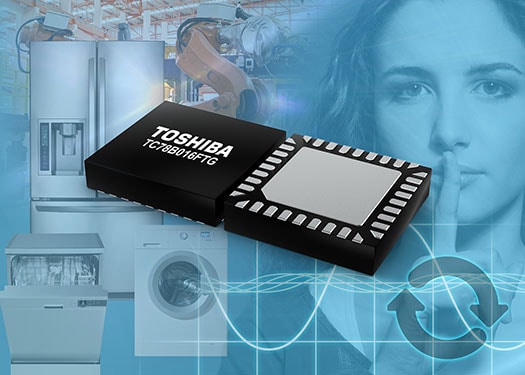- General Top
- SEMICONDUCTOR
- STORAGE
- COMPANY
-
My ToshibaSemicon
- Semiconductor Top
-
ApplicationsAutomotive
Body Electronics
xEV
In-Vehicle Infotainment
Advanced Driver-Assistance Systems (ADAS)
Chassis
IndustrialInfrastructure
BEMS/HEMS
Factory Automation
Commercial Equipment
Consumer/PersonalIoT Equipment
Healthcare
Wearable Device
Mobile
Computer Peripherals
-
ProductsAutomotive Devices
Discrete Semiconductor
Diodes
Transistors
Logic ICs
Analog Devices
Digital Devices
Wireless Devices
※
: Products list (parametric search)
Power SemiconductorsSiC Power Devices
※
: Products list (parametric search)
Isolators/Solid State RelaysPhotocouplers
Digital Isolators
Solid State Relays
Fiber Optic Transmitting Modules
※
: Products list (parametric search)
MOSFETsIGBTs/IEGTsBipolar Transistors※
: Products list (parametric search)
Diodes※
: Products list (parametric search)
MicrocontrollersMotor Driver ICsIntelligent Power ICs※
: Products list (parametric search)
Power Management ICsLinear ICs※
: Products list (parametric search)
General Purpose Logic ICsLinear Image SensorsOther Product ICsOther Product ICs
※
: Products list (parametric search)
-
Design & Development
Design & Development
Innovation Centre
At the Toshiba Innovation Centre we constantly strive to inspire you with our technologies and solutions. Discover how to place us at the heart of your innovations.
-
Knowledge
Knowledge
Highlighted Topics
Further Materials
Other
- Where To Buy
- Part Number & Keyword Search
- Cross Reference Search
- Parametric Search
- Stock Check & Purchase
This webpage doesn't work with Internet Explorer. Please use the latest version of Google Chrome, Microsoft Edge, Mozilla Firefox or Safari.
require 3 characters or more. Search for multiple part numbers fromhere.
The information presented in this cross reference is based on TOSHIBA's selection criteria and should be treated as a suggestion only. Please carefully review the latest versions of all relevant information on the TOSHIBA products, including without limitation data sheets and validate all operating parameters of the TOSHIBA products to ensure that the suggested TOSHIBA products are truly compatible with your design and application.Please note that this cross reference is based on TOSHIBA's estimate of compatibility with other manufacturers' products, based on other manufacturers' published data, at the time the data was collected.TOSHIBA is not responsible for any incorrect or incomplete information. Information is subject to change at any time without notice.
require 3 characters or more.
TSN Signifies the Start of New Era in Industrial Automation
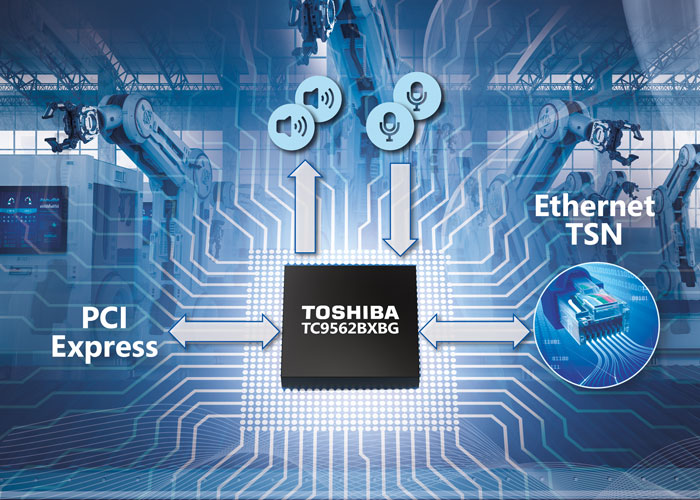
Highly complex synchronised industrial processes cannot accept data hold-ups, as these may have far-reaching implications. Assembly lines could be brought to a halt, impacting on a manufacturing facility’s productivity levels; inspection systems might be unable to function correctly, leading to product quality being reduced or critical safety mechanisms could be unable to react quickly enough, thereby putting workers’ lives at risk.
The demands placed on industrial networking infrastructure are only set to increase too - as greater quantities of data are acquired from distributed IIoT sensor nodes and higher resolution machine vision equipment gets installed.
If the rapid responsiveness and functional safety aspects, so important to Industry 4.0, are to be realised, then determinism must be encompassed within the communication technology that forms its foundation. The elevated data rates that Ethernet can potentially support will need to be complemented by low latency levels and assured data integrity - aspects which weren’t thought about when the Ethernet protocol was originally introduced. This has led to the advent of time-sensitive networking (TSN). However, the best way to incorporate TSN into Ethernet-based network hardware is not necessarily that straightforward. It calls for serious consideration.
Placing a TSN block onto the fabric of an FPGA will take up a considerable number of look-up tables (LUTs), as well as requiring a sizable amount of SRAM memory resource. Consequently, the FPGA specified will need to be quite big, and have a relatively high price tag. The board space it will occupy, the associated power budget and the thermal management needed to accompany it will have an impact on the system in terms of both expense and operational effectiveness. A more viable alternative to this programmable logic approach is to use a network interface controller (NIC). NICs present a more power-efficient option and will come with lower unit costs too, as well as taking up less board space.
An informative whitepaper on TSN has just been published by Toshiba. In it, the evolution of industrial networking technology over the decades has been described. This spans back to the Modbus and PROFIBUS implementations of the past, through CAN, right up to modern high-speed Ethernet infrastructure. It then looks at TSN (with the emergence of IEEE802.1AS, IEEE802.1Qbv, IEEE802.1Qbu and IEEE802.3br standards covered) and the different semiconductor technologies that can be used. Finally, it outlines how Toshiba offers engineers a complete ecosystem to support TSN implementation through its TC9562 NIC platform (comprising evaluation hardware, drivers and reference software, referring open source stacks, example applications, debug tools, etc.). Download the Toshiba whitepaper below:



